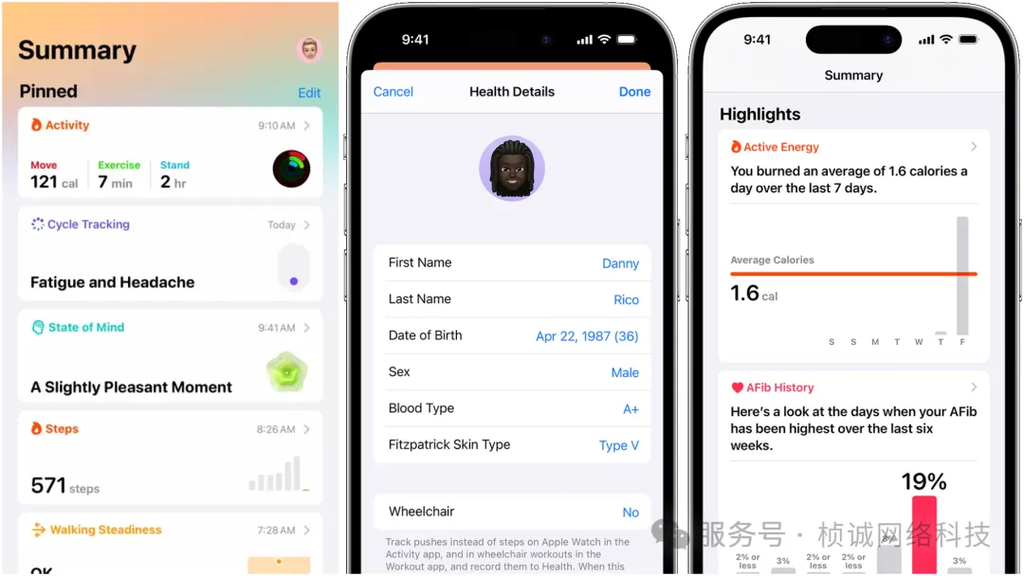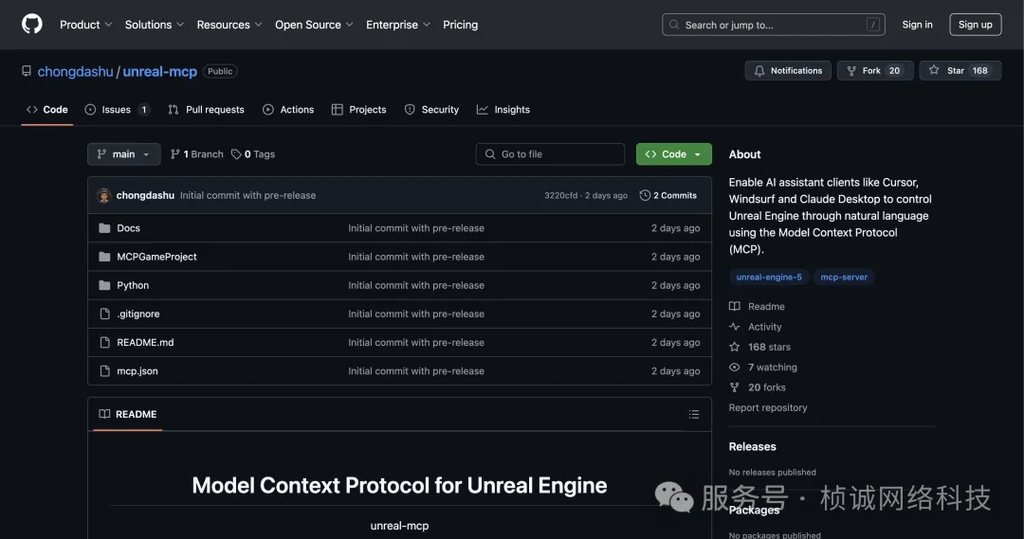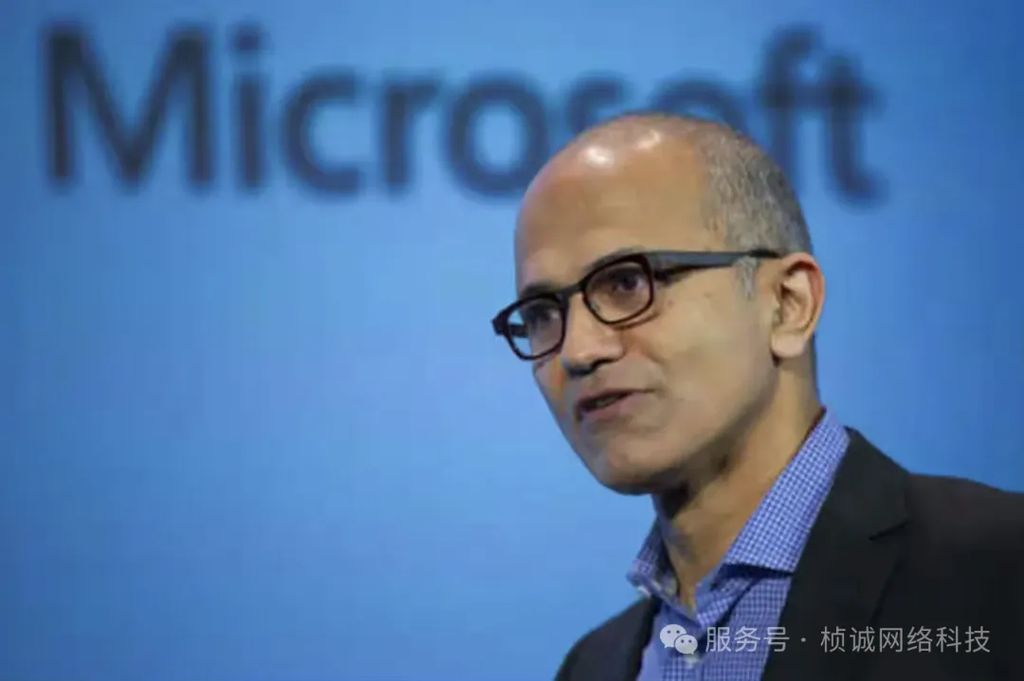Daily AI Newsletter
📌 Table of Contents:
- 🎨 OpenAI Rules Loosen, Ghibli-Style AI Artworks “Flood Screens” Sparking Controversy
- 💡 “Don’t Learn to Code!” Replit CEO’s Startling Remark, Will AI Eliminate Programmers?
- 🩺 Apple’s “Project Mulberry” Exposed: Will You Have an AI Doctor in Your Pocket?
- 🎬 Kuaishou “Kling” 1.6 Tops the World! Video Generation AI Creates New Waves
- 🔍 Douyin “Reveals Its Secrets”: First Public Disclosure of Recommendation Algorithm, Is a Wave of Transparency Coming?
- 🖱️ Create Worlds Just by Speaking? Unreal Engine AI Assistant Makes Creation Easier
- 🏆 Microsoft CEO Praises DeepSeek Internally: Has a New AI Benchmark Been Set?
PART 01: Ghibli-Style AI Artworks “Flood Screens” Sparking Controversy

What are the highlights?
- Policy Adjustment: OpenAI has adjusted its image generation rules, allowing the imitation of artistic styles from famous studios (like Studio Ghibli), but still prohibiting the imitation of the personal styles of living independent artists.
- Online Phenomenon: Social media quickly saw a surge of user-generated Ghibli-style selfies, and even images depicting historical tragedies, spreading virally.
- Ethical Controversy: This move has sparked ethical discussions about the AI use of artistic works. Artists and critics argue that it essentially commodifies unique artistic styles while avoiding the issue of fair compensation for the original creators.
What can practitioners consider?
- Practitioners (Artists, Designers, AI Ethics Researchers, Legal Professionals): For artists and creative studios, the unique value of their style faces the risk of being diluted and misused by AI. AI ethics and copyright regulations urgently need clarification, especially regarding the boundary between “homage” and “infringement.” This may accelerate the refinement of related legal frameworks. AI developers need to handle copyright and style imitation issues more cautiously.
- Ordinary People: Users can more easily generate images with specific artistic styles using AI, increasing fun and creative freedom. However, one must consider: when AI can easily replicate a master’s brushstrokes, what is the value of original art? Ordinary people should also be aware of the potential copyright and ethical issues involved in using these tools and respect the labor of original creators.
Access Method:
OpenAI community discussion on restricting Ghibli-style AI images
PART 02: “Don’t Learn to Code!” Replit CEO’s Startling Remark

What are the highlights?
- Core Viewpoint: Amjad Masad, CEO of the code hosting platform Replit, publicly stated that due to the rapid development of AI, learning to code now might be a waste of time, as most code in the future will be generated by AI.
- Industry Consensus: Industry leaders like Google CEO Pichai and OpenAI CEO Altman have expressed similar views, believing that the proportion of code written by AI is significantly increasing.
- Future Skill Shift: Masad suggests that people should shift their focus from learning specific programming syntax to cultivating critical thinking, problem-solving abilities, and communication skills.
- Social Reaction: This statement sparked heated discussions on social media, with some agreeing, while others believe the claim is too absolute and overlooks the deep logical thinking value gained from programming training.
What can practitioners consider?
- Practitioners (Software Engineers, Educators, Technical Recruiters): This poses a challenge to existing programmers and the software engineering education system. The future role of engineers might shift from “code writers” to “AI instructors,” “problem definers,” or “system architects.” Corporate hiring and skill assessment standards may need to focus more on the ability to use AI tools to solve complex problems.
- Ordinary People (Especially Students and Career Changers): For those considering learning to code, there’s a need to re-evaluate learning paths and goals. While the importance of low-level coding skills might relatively decrease, the ability to understand technological principles and efficiently use AI tools to solve problems becomes more critical. This might lower the entry barrier for software development but could also widen the gap between “creators proficient in using AI” and “those who can only use tools basically.” The logical thinking and problem-solving skills developed through learning to code remain valuable in themselves.
Related Link: NDTV Feature on Replit CEO’s statement
PART 03: Apple: Will You Have an AI Doctor in Your Pocket?

What are the highlights?
- According to Bloomberg senior reporter Mark Gurman, Apple is secretly advancing a major project codenamed “Project Mulberry.”
- Core Innovation: The goal is to completely revamp the existing “Health” app, embedding an AI agent that acts as a personalized health coach, providing customized lifestyle advice based on user health data.
- Function Expansion: The new app version is expected to include health education videos recorded by professional doctors, enhanced food tracking features, and potentially even use the device camera to provide real-time fitness posture feedback.
- Strategic Deployment: It might be named Health+, expected to be released with iOS 19.4 (next spring/summer), led by Chief Operating Officer Jeff Williams, highlighting Apple’s view of health as a core future strategy. Apple is assembling a content studio and seeking collaborations with renowned medical professionals.
What can practitioners consider?
- Practitioners: With its vast user base, strong brand loyalty, and hardware-software integration capabilities, Apple’s launch could potentially disrupt the existing AI health assistant market. This will compel competitors to accelerate innovation, focusing on deeper personalization services and building user trust. It also highlights the huge potential of AI in preventative health management and the demand for high-quality health content. Attention must be paid to the challenges of sensor accuracy and data privacy.
- Ordinary People: Managing personal health in the future may become more proactive and intelligent. Users can expect to receive more personalized and easily understandable health guidance and advice. However, potential subscription fees and the privacy protection of personal health data need attention. Also, AI advice should be viewed rationally, as its accuracy is limited by current sensor technology.
Related Link: Livemint article on Apple’s AI Doctor plan
PART 04: Kuaishou “Kling” 1.6 Tops the World!

What are the highlights?
- Kuaishou’s video generation large model “Kling” version 1.6 has achieved a leading global ranking and score on authoritative model leaderboards (like Artificial Analysis) (specific score pending verification).
- Technological Breakthrough: Significant progress has been made in text understanding, dynamic effects (motion realism), and visual quality (clarity, consistency).
- Innovative Features: Introduced a “multi-image reference” function, allowing users to provide multiple images as references to enhance creative control; also added an AI sound effects feature to improve video completeness and immersion.
What can practitioners consider?
- Practitioners: Video generation AI technology is maturing rapidly, and the progress of Kuaishou’s “Kling” demonstrates its huge potential in lowering video production barriers and increasing content creation efficiency. Features like “multi-image reference” and “AI sound effects” further empower creators to realize more complex creative ideas, potentially changing content production workflows. Intense competition in this field will continue to drive technological iteration.
- Ordinary People: Will see more high-quality, creatively rich video content generated by AI. The barrier for ordinary users to create videos using AI tools will be significantly lowered in the future. However, vigilance is needed against the risk of AI-generated content being used for spreading false information.
Related Link: OSChina article on Kling 1.6
PART 05: Douyin “Reveals Its Secrets”: First Public Disclosure of Recommendation Algorithm

What are the highlights?
- It employs the classic Wide&Deep model, balancing content recommendation’s “exploration” (discovering new content) and “exploitation” (recommending content users like).
- It incorporates a Dual-Tower Recall model to efficiently screen potentially relevant candidate content from a massive video library. It integrates algorithms like Collaborative Filtering, utilizing user group behavior patterns for recommendations.
- Douyin, through its “Safety and Trust Center” website, has unprecedentedly disclosed some key technical details of its content recommendation algorithm.
What can practitioners consider?
- Practitioners: Douyin’s move is an important step towards platform algorithm transparency, potentially leading an industry trend and compelling other platforms to increase transparency. Content creators can use this to gain a deeper understanding of distribution mechanisms and optimize creation strategies. However, platforms also need to balance transparency with maintaining core competitiveness. This may trigger more discussions about algorithmic fairness, information cocoons, and platform responsibility.
- Ordinary People: Helps users understand how the content they see is selected and pushed, increasing awareness of algorithms. May enhance user vigilance towards potential algorithmic bias or “information cocoons.” In the long run, it might push platforms to offer more user control options, but this also requires users to have a certain level of understanding.
PART 06: Create Worlds Just by Speaking? Unreal Engine AI Assistant

What are the highlights?
- The powerful game engine and real-time 3D creation platform Unreal Engine (UE) has introduced an AI assistant called MCP (Note: MCP may refer to a specific function or underlying protocol, here referring to its AI assistant concept).
- Core Innovation: Allows users to control engine functions via natural language (text or voice), such as manipulating assets, building scenes, adjusting lighting, controlling animations, etc., without complex programming or menu operations.
What can practitioners consider?
- Practitioners: MCP is expected to significantly simplify workflows and improve creation efficiency, especially for artists and designers without a programming background. It lowers the technical barrier to using advanced creation tools, enabling more creative talents to leverage UE’s powerful capabilities. Its practical value depends on the accuracy and breadth of its natural language understanding.
- Ordinary People: AI makes powerful professional creation tools more accessible (“user-friendly”), promoting the democratization of content creation. In the future, more people might be able to transform their creative ideas into high-quality 3D content, games, or virtual experiences in a more intuitive way.
Related Link: GitHub repository related to Unreal MCP
PART 07: Microsoft CEO Praises DeepSeek Internally

What are the highlights?
- According to the tech media outlet The Verge, Microsoft CEO Satya Nadella, in an internal speech, praised the DeepSeek R1 model as a “new benchmark” in the AI field.
- Significance: This indicates that Microsoft’s top leadership holds DeepSeek’s capabilities in very high regard, possibly believing it surpasses existing models in certain key performance areas, potentially even including models from Microsoft itself or its partners (like OpenAI).
What can practitioners consider?
- Practitioners: Nadella’s statement might signal potential adjustments in Microsoft’s AI strategy, perhaps relying more heavily on DeepSeek’s technology. This intensifies the competitive landscape in foundational large models, showing the rapid pace of AI technology iteration. It also highlights the significant data center infrastructure investment required to support top-tier AI models. Further observation is needed to compare the specific capabilities of DeepSeek R1 with mainstream models like the GPT series.
- Ordinary People: Healthy competition among AI giants is expected to drive faster technological progress, ultimately allowing ordinary users to experience more powerful and intelligent AI functions through various applications and services.
Related Link: AutoGPT article on Microsoft and DeepSeek
AI Tech News Daily Summary
From personalized health management to disruptive content creation, from leaps in robotic intelligence to explorations in platform algorithm transparency, and profound questions about AI’s impact on art copyright and the definition of future skills, AI is permeating and reshaping various industries in diverse forms. Embracing the opportunities brought by AI while cautiously addressing potential challenges and ethical controversies will be key as we move forward in the intelligent era.
Zhencheng Digital Technology ZC Digitals
🚀 Leading corporate digital transformation, shaping the future of industries together. We specialize in creating customized digital systems integrated with AI, achieving intelligent upgrades and deep integration of business processes. Relying on a core team with top tech backgrounds from MIT, Microsoft, etc., we help you build powerful AI-driven infrastructure, enhance efficiency, drive innovation, and achieve industry leadership.
Note: The date “March 31, 2025” appears in the original text but is a future date, likely a typo.
